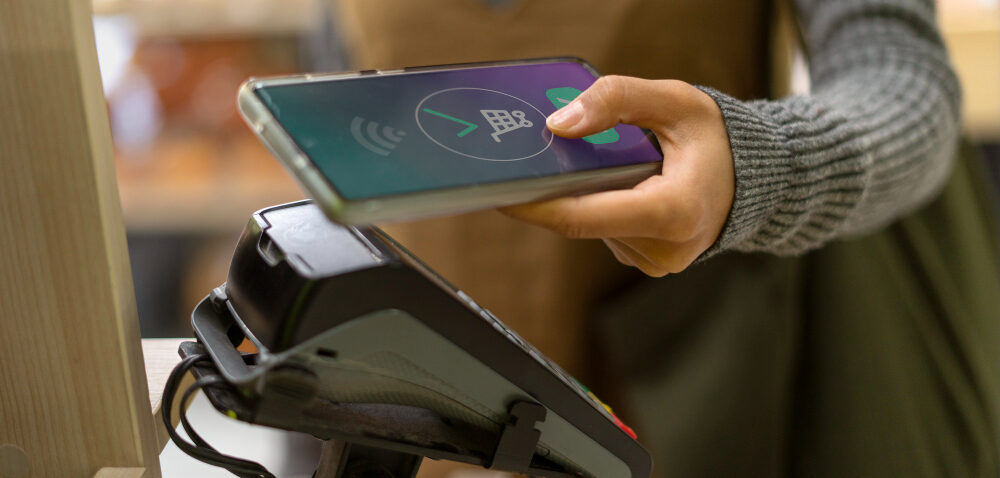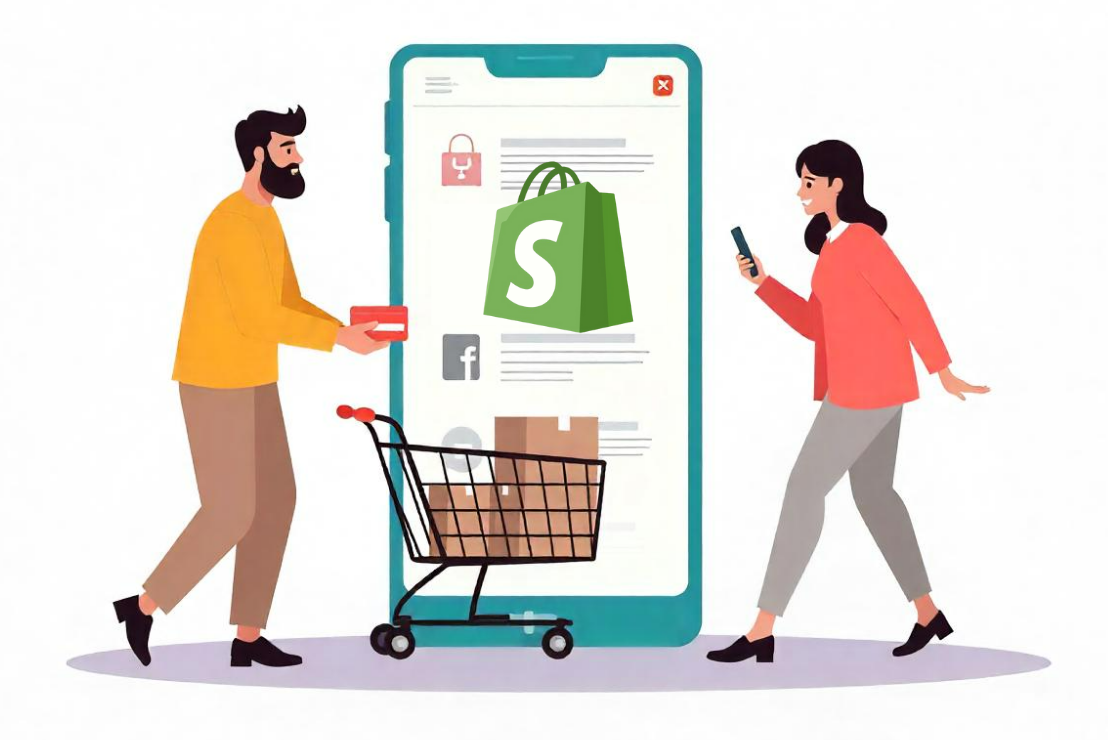From NYC to Your Cart: The DTC Food & Beverage Trends Shaping 2025

Let’s start with a number, because it’s the most important one right now: $195 billion.
That’s the projected size of the direct-to-consumer food and beverage market by 2031, growing at a staggering 18.7% CAGR from 2024 to 2031. That isn’t just a forecast. It’s a massive opportunity. We were on the ground at the Summer Fancy Food Show in New York City last week, and the energy around one topic was impossible to ignore: DTC.
The brands that are poised to win the future aren’t just selling a product. They’re selling a story, a solution, and a direct connection to their customers. Here’s what we saw and what you need to know.
The global direct-to-consumer (DTC) food market is projected to reach $195.39 billion by 2031, growing at a CAGR of 18.7% from 2024 to 2031. This growth is driven by the rising adoption of convenience foods, growing online purchases of food products, and the increasing number of DTC food brands.
The View From the Show Floor
After navigating a sea of matcha and the surprisingly everywhere Dubai chocolate, a few powerful truths about the future of food became clear. The brands generating real buzz weren’t just the tastiest. They were the smartest. Here are the trends that stood out:
- Your Story is Your Secret Ingredient:
It’s clear that authenticity and transparency are the new table stakes. We saw brand after brand leading with their origin story, their values, and obsessive detail about how their products are made. Consumers aren’t just buying a snack. They’re buying into a mission and want to feel connected to the people behind the product. - Health & Wellness Got a Serious Upgrade:
The shift to health-centric products is accelerating, with a major emphasis on gut health. The show floor was packed with everything from probiotic sodas and products proudly declaring their lack of seed oils to the unexpected rise of sea moss as a must-have wellness ingredient. - Sustainability is Non-Negotiable:
It’s clear that eco-friendly packaging and sustainable sourcing are no longer a “nice to have” but a core expectation for consumers. Brands were showcasing everything from compostable materials to transparent supply chains, proving that customers want to feel good about the environmental impact of their purchases. - Personalization Has Become a Personal Guide:
The old model of personalization—just offering different flavors—is over. With countless dietary restrictions and preferences, the winning brands are those that act as a guide. They use technology and smart design to help customers easily find the right product for them, turning a potentially confusing choice into a simple, satisfying solution.
💡 Helpful Insights: Best POS System for Small Business: 5 Top Picks
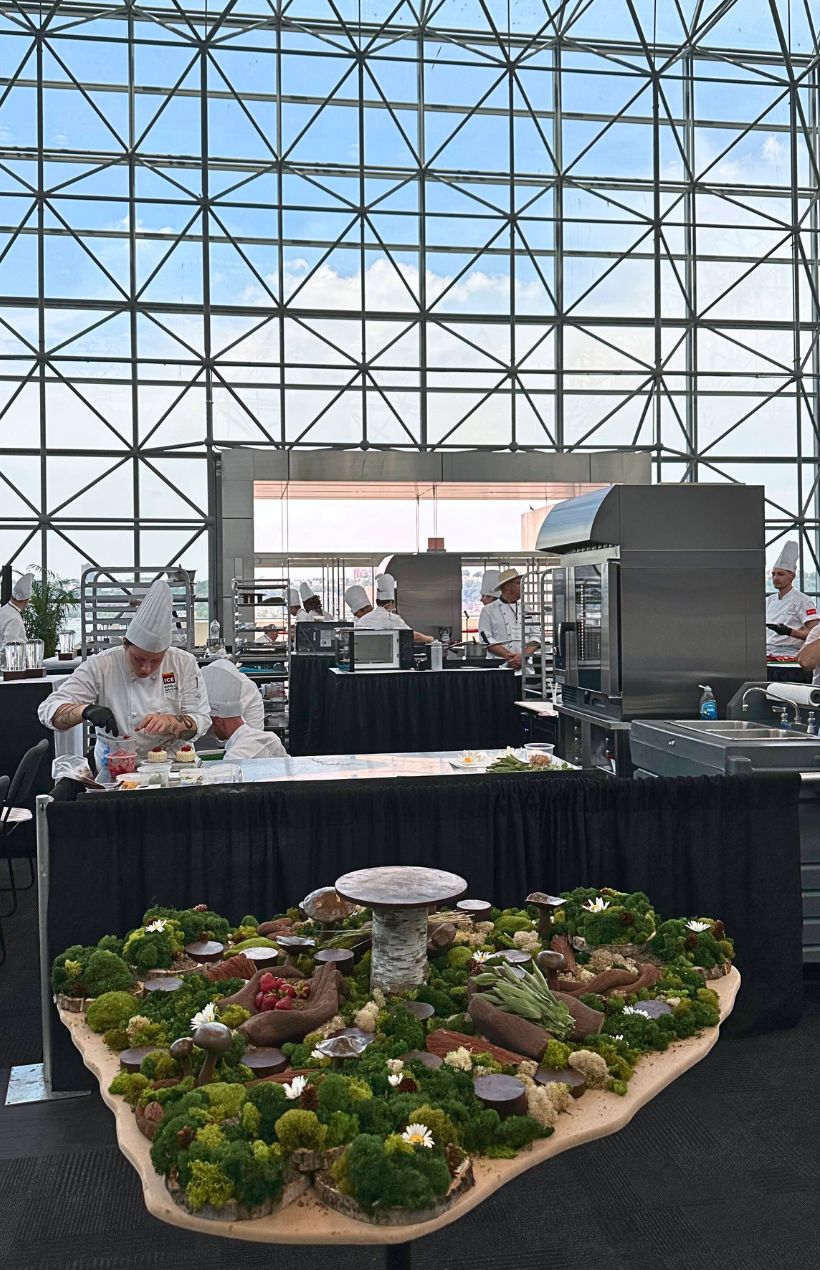
The Tech That Makes It Work
The backbone of every successful DTC brand in 2025 is a tightly integrated tech stack, and we believe that means Shopify and Klaviyo at the core. Shopify isn’t just a storefront—it’s an ecosystem. From subscriptions to smart upsells, its app marketplace allows brands to plug in powerful tools like Skio, Gorgias, and others to fine-tune every part of the customer journey.
Meanwhile, Klaviyo has become the gold standard for turning customer data into actionable insights. Brands use it to power hyper-personalized email and SMS flows that convert, nurture, and re-engage at scale. Together, this ecosystem empowers DTC brands to tell their stories more effectively, deliver curated experiences, and build resilience through automation and insights.
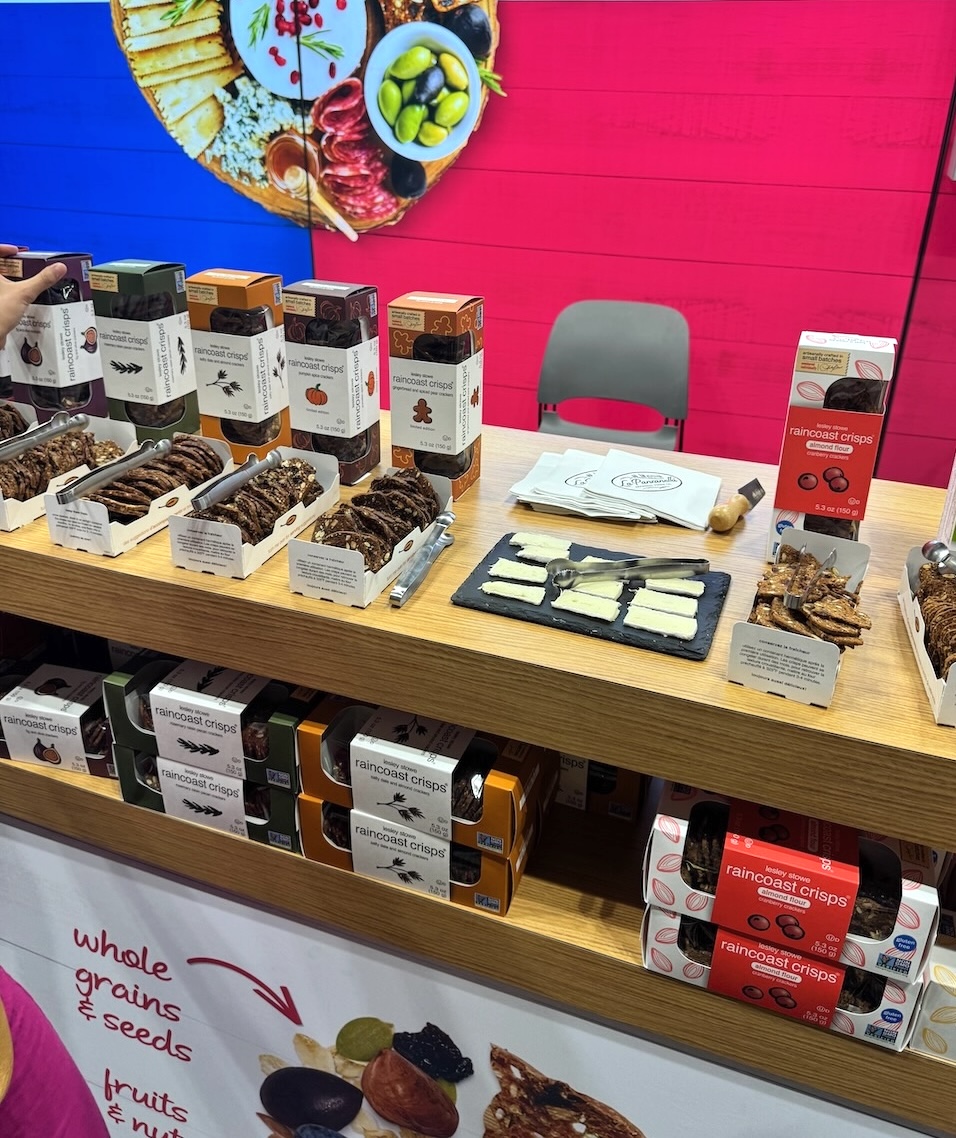
The Reality Check
While the DTC model offers huge advantages, it has its challenges. Standing out requires a smart marketing investment to cut through the noise, and the logistics of getting fresh products to doorsteps on time are complex. Navigating food safety regulations is also essential. These aren’t roadblocks. They’re the barriers that protect the brands who solve them effectively.
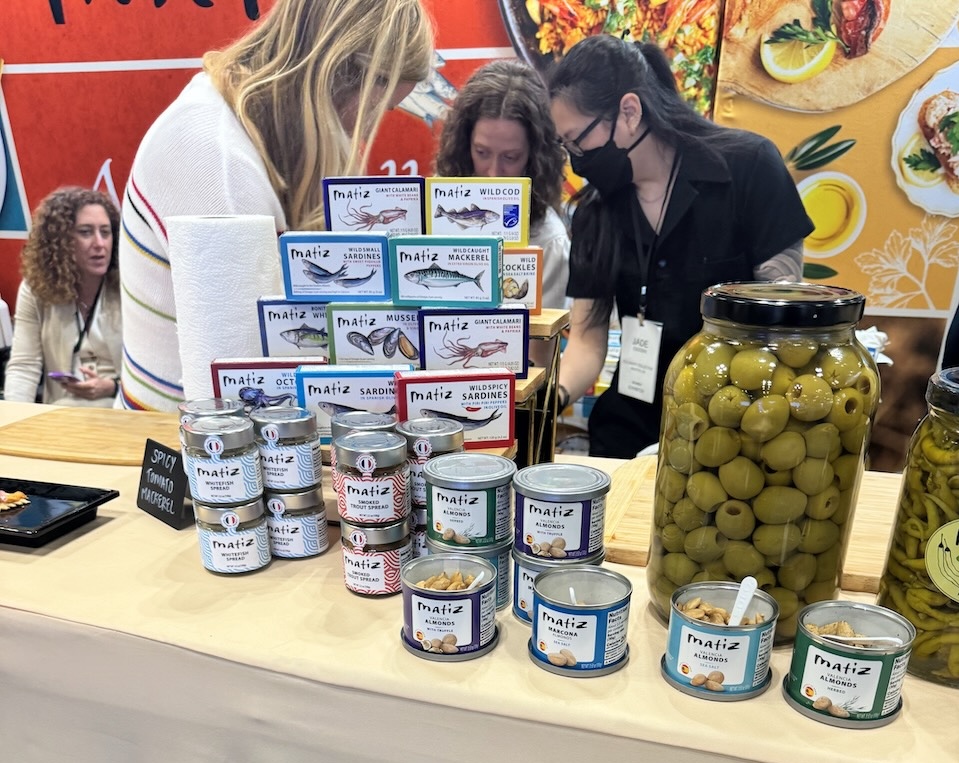
The DTC food and beverage sector is experiencing significant growth, with trends such as personalization, sustainability, and health and wellness driving consumer preferences
The DTC Playbook: What Winning Brands Do
So, given the trends and the challenges, what does it actually take to win? The successful brands we saw all follow a similar playbook. They focus on three key areas:
- They Master Their Story:
It’s not enough to have a good story. Winning brands tell that story consistently across every touchpoint, from their packaging and website copy to their social media and customer service interactions. - They Obsess Over the Digital Experience:
From the moment a customer lands on their site to the second they unbox their order, the entire journey is designed to be seamless, intuitive, and memorable. They invest in great design and a user experience that makes shopping easy and enjoyable. - They Build a Resilient Operation:
The best brands treat logistics not as a headache, but as a competitive advantage. They build robust supply chains and fulfillment strategies that ensure customers get the right products, on time, every time.
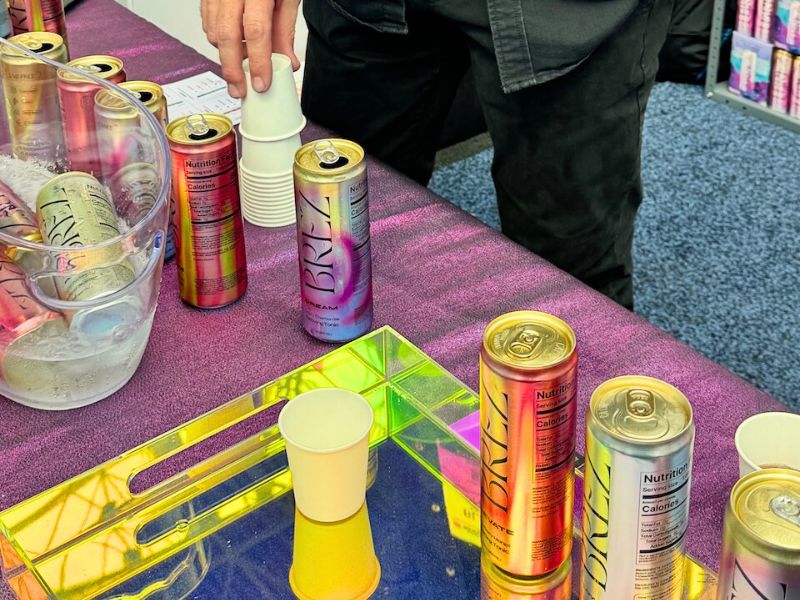
Our Take
At Future Holidays, our job is to help eCommerce companies execute this playbook and grow their DTC sales. The trends and challenges we saw at the show floor confirm what we already know: a great DTC brand is built when these three pillars are strong.
- Brand Storytelling: We build the clear, compelling narratives that connect with customers.
- User Experience (UX) Design: We create the sharp, intuitive online experiences that guide them from discovery to purchase.
- Data-Driven Marketing: We use analytics to find your customer and turn clicks into conversions.
💡 Related Reading: What Is Conversion Marketing? Strategies for Shopify Success
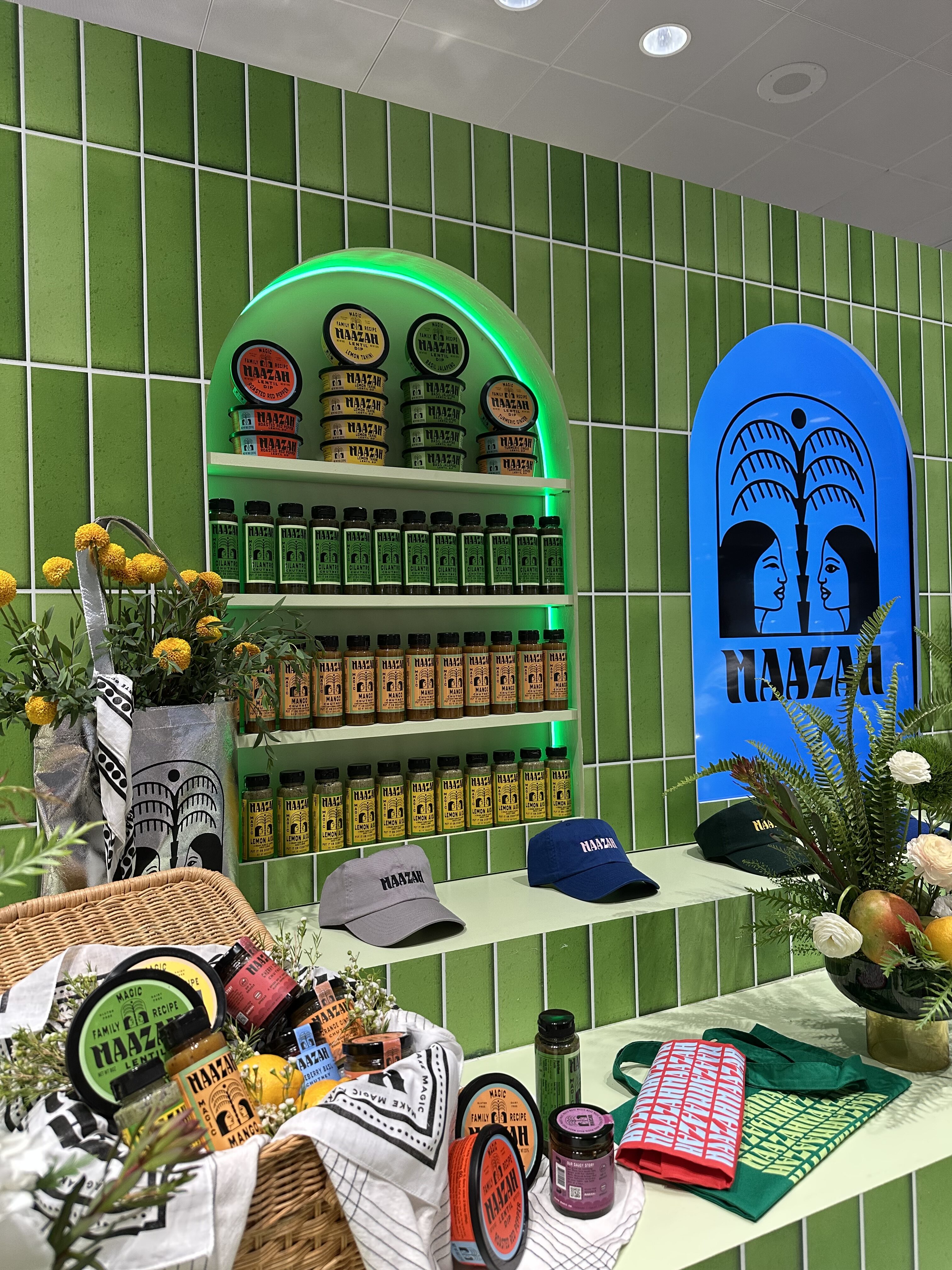
The Future of Food is Direct
The Summer Fancy Food Show proved that the brands who win will be the ones who build an honest, direct relationship with their customers. By leveraging technology and adapting to consumer preferences, they’ll be at the forefront of this exciting movement.
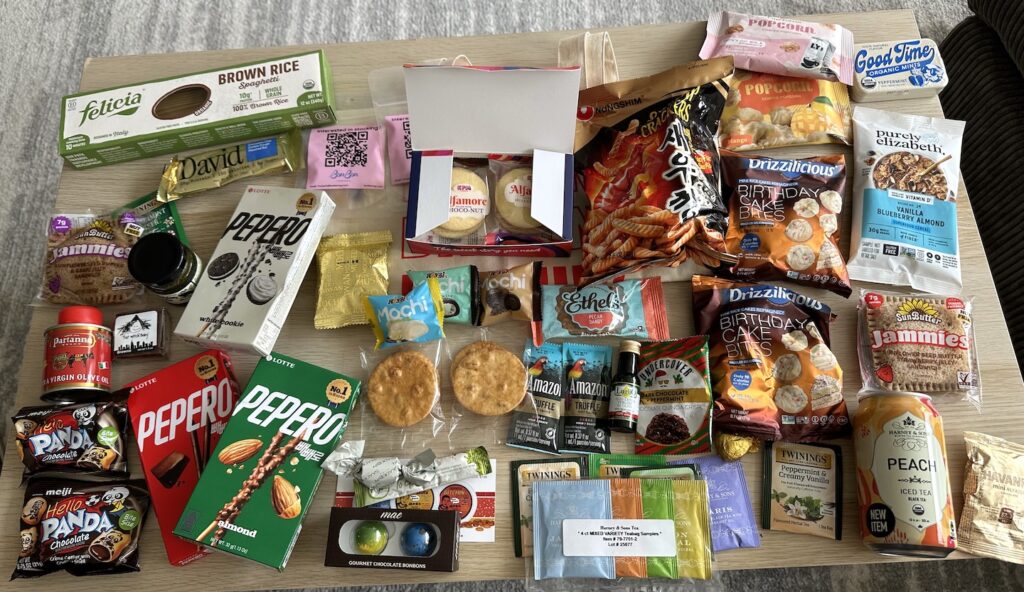
Ready to make these trends work for you?
Contact Future Holidays to get started.

